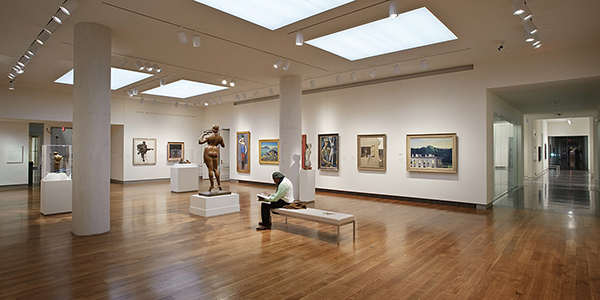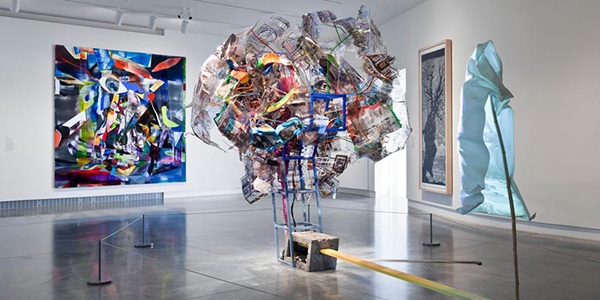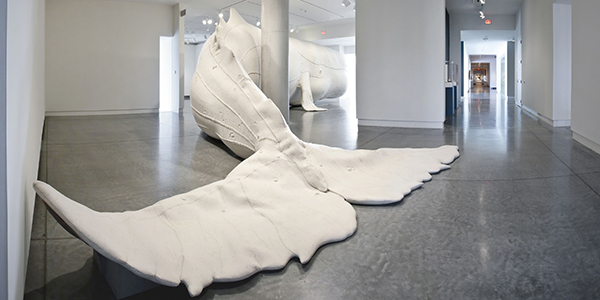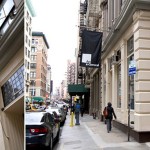Virginia Museum of Fine Arts
The contemporary arts community in historic Richmond, Virginia is impressively vibrant and in a continuous expansion. Its main concern is to bring internationally famous artists into the city and use their fame to promote local Virginian talents. Richmond has a fascinating cultural richness that ranges from the privately owned Virginia Museum of Fine Arts to Richmond First Fridays and artist-run galleries. The city is well known as an important arts destination. Its galleries are ideal for complementing any cultural tour of the city.
One of the most representative and iconic presence in Richmond’s arts community is the Virginia Museum of Fine Arts that was founded in 1936 with the purpose of collecting, promoting and exhibiting art to a large range of public audience. The building where the museum is located was designed by the architects Peebles and Ferguson in the English Renaissance style. At the beginning only certain wings of the building were occupied by the art gallery, but in time due to the continuously growing number of art pieces the Museum of Fine Arts Virginia ended up by taking over the entire space. The last addition was in 1985 when the west wing also started hosting its exhibitions.
Virginia Museum of Fine Arts includes a very wide and diversified collection that ranges from art deco, ancient American art and early 20th century European art pieces to modern masterpieces, such as the ones created by Sally Mann’s with her intriguing black and white photography and Robert Lazzarini with its fascinating sculptures.
Among the most successful and appreciated past exhibitions displayed at the Virginia Museum of Fine Art we mention the award-winning touring collection of works by Tom Wesselman, an important figure in the American pop art section and works of Diana Al-Hadid, a New York based Syrian-American sculptural artist.
The mission of the Virginia Museum of Fine Art is to be a primary educational institution that focuses on the cultural benefits of the citizens of the Commonwealth of Virginia. Its main goal is to collect, exhibit, preserve, and interpret art, to inspire people to admire and study art, and thus to enrich our creative perspectives.
The Pauley Center was opened in 1999 as a new addition to the Virginia Museum of Fine Arts’ campus. The purpose of this center is to house the Office of Statewide Partnership which is an initiative focused on offering exhibitions and programs sponsored by over 200 nonprofit institutions, such as museums, art organizations, galleries, colleges, schools and universities.
The Virginia Museum of Fine Art is located at 200 N. Boulevard Richmond, Virginia USA and it is opened Monday to Friday, from 9 AM to 5 PM.
Category: Art







